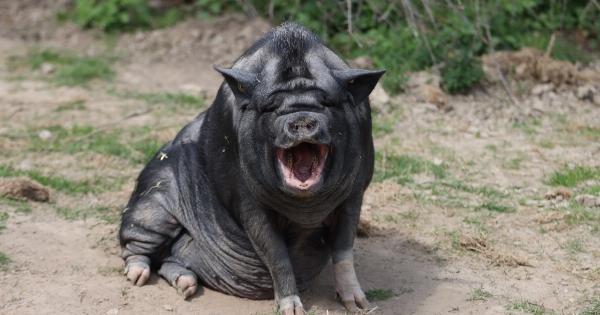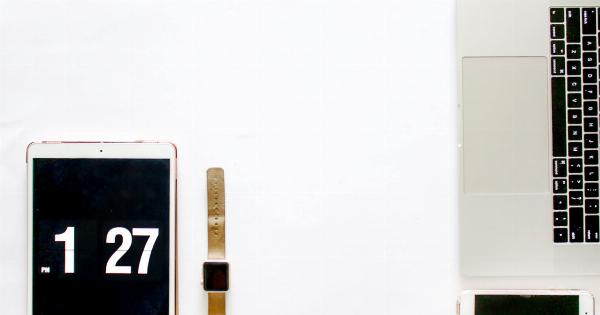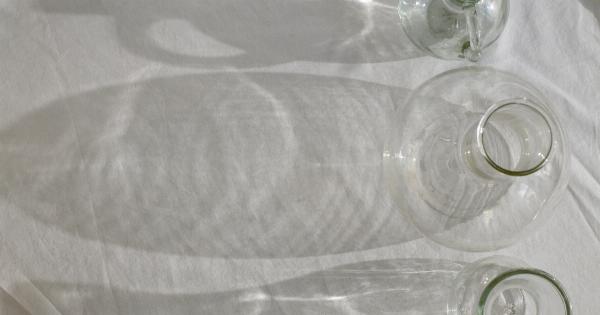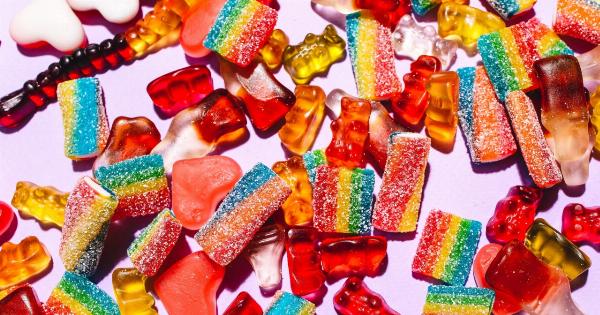Oily hair is a common problem that many people struggle with. Excessive oil production on the scalp can leave your hair looking greasy and unattractive, making it difficult to manage and style.
However, there are simple strategies you can incorporate into your hair care routine to combat oily hair. In this article, we will discuss 10 effective ways to reduce excess oil and keep your hair looking fresh and voluminous.
1. Use a clarifying shampoo
A clarifying shampoo is specifically designed to remove buildup and excess oil from the scalp. Look for a shampoo that contains ingredients such as tea tree oil or salicylic acid, as these can help to control oil production.
Use the clarifying shampoo once or twice a week to deeply cleanse your hair and scalp.
2. Avoid over-washing your hair
While it may seem counterintuitive, washing your hair too frequently can actually stimulate your scalp to produce more oil. Aim to wash your hair every other day or every two days to maintain a healthy balance of natural oils.
If your hair becomes oily between washes, use a dry shampoo to absorb the excess oil and refresh your hair.
3. Use a sulfate-free shampoo
Sulfates are harsh detergents commonly found in shampoos that can strip away the natural oils from your hair, leading to increased oil production. Switch to a sulfate-free shampoo that is gentle on your scalp and will not dry out your hair.
Look for shampoos that are specifically formulated for oily hair or that contain natural ingredients like aloe vera or green tea.
4. Rinse with cool water
Hot water can stimulate the sebaceous glands in your scalp, causing them to produce more oil. After shampooing and conditioning your hair, rinse with cool or lukewarm water to help close the hair cuticles and minimize oil production.
5. Use a lightweight conditioner
Avoid using heavy, oil-based conditioners that can weigh down your hair and make it look greasy. Opt for lightweight conditioners or those specifically formulated for oily hair.
Apply the conditioner mainly to the ends of your hair, avoiding the scalp, to prevent excess oiliness.
6. Rinse thoroughly
Make sure to rinse both your shampoo and conditioner thoroughly from your hair. Any residual product can contribute to excess oil buildup. Take your time to rinse your hair well, ensuring there is no lingering product left behind.
7. Limit the use of styling products
Styling products such as gels, mousses, and serums can weigh down your hair and make it appear greasier. Try to minimize the use of such products or opt for those specifically designed for oily hair.
If you do use styling products, make sure to wash them out completely at the end of the day.
8. Avoid touching your hair excessively
Constantly touching your hair throughout the day can transfer oil from your hands to your hair, making it greasier. Resist the urge to run your fingers through your hair and avoid excessive brushing or combing.
If you need to fix your hairstyle, use a clean brush or comb and handle your hair as minimally as possible.
9. Choose the right hairstyle
Opt for hairstyles that keep your hair away from your face and scalp, as this can minimize oil transfer. Styles such as high ponytails, braids, or updos can help to keep your hair off your scalp and reduce the appearance of oiliness.
10. Practice a healthy lifestyle
Believe it or not, your overall lifestyle habits can impact your hair’s oil production.
Ensure you’re eating a balanced diet, getting regular exercise, and managing stress levels as all of these factors can influence the health of your scalp and hair. A healthy lifestyle can contribute to less oily hair.
Conclusion
Dealing with oily hair can be frustrating, but with the right strategies and products, you can manage excess oil production and keep your hair looking fresh and clean.
Incorporate these simple tips into your hair care routine and say goodbye to greasy strands for good.































